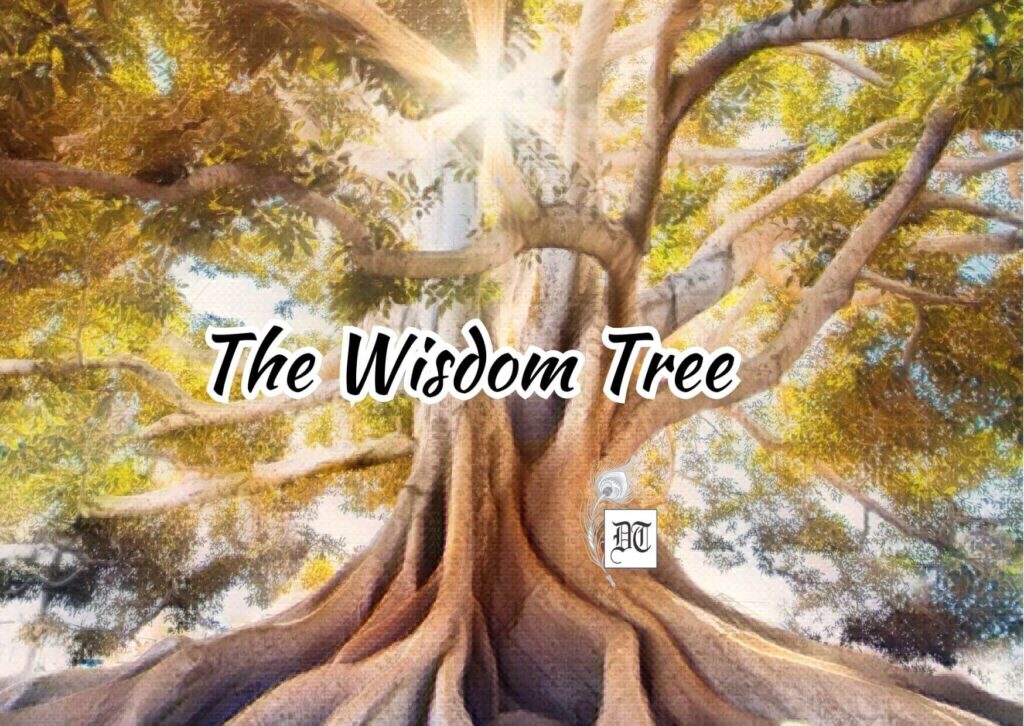Reading Time: 4 minutes
Rajul explores Hindu gods and goddesses’ symbolism, spirituality, vehicles, and values for spiritual journeys exclusively for Different Truths.

Travelling the world, I have observed and somehow come to believe that art was the first language in which people corresponded and expressed themselves, communicated, and, of course, worshipped, whether through pictures, mudras, dance, music, or pictorial representation. Our ancestors gave us what we recognize as the image of God today as a means of communication. The path to spiritualism is bundled up in different images of gods and goddesses and gifted to us not just to worship but to embody.
Hinduism, one of the world’s oldest religions, encompasses a vast pantheon of gods and goddesses, each with its distinct qualities, symbolism, and spiritual significance. A fascinating aspect of Hindu mythology is the association of these deities with specific vehicles or mounts. These vehicles hold deep symbolic meaning and play a vital role in Hindu iconography, reflecting the spiritual teachings and values they represent. Today, I will explore the symbolism and spirituality behind the vehicles of some prominent Hindu gods and goddesses.
1. Lord Brahma and the Swan
Lord Brahma, the creator god in Hinduism, is often depicted riding a swan, known as Hamsa in Sanskrit. The swan symbolizes purity, knowledge, and discrimination. Just as a swan can separate milk from water, Lord Brahma represents the ability to discern the eternal from the transient. The swan’s graceful movements and white feathers signify the pursuit of spiritual enlightenment and the purity required to gain true wisdom. By riding the swan, Brahma signifies his association with divine knowledge and his role as the creator of the universe.
2. Lord Vishnu and Garuda
Garuda, a half-man and half-eagle creature, serves as the vehicle for Lord Vishnu, the preserver and protector god in Hinduism. Garuda embodies strength, speed, and knowledge. As Vishnu’s mount, Garuda represents the power to soar above worldly attachments and transcend the limitations of the physical realm. Garuda’s wings symbolise the ability to swiftly navigate through the universe and overcome obstacles on the spiritual path. Moreover, Garuda’s association with Vishnu signifies the inseparable connection between the preserver god and the concept of dharma, or righteousness, as Vishnu upholds cosmic order and justice.
3. Lord Shiva and Nandi
Nandi, the sacred bull, serves as Lord Shiva’s vehicle and constant companion. Nandi symbolizes strength, righteousness, and fertility. As the king of animals, the bull represents power and virility. Nandi’s association with Shiva represents his untamed, spontaneous nature. The bull is a reminder to control one’s desires and emotions, channelling them toward spiritual growth. Nandi also serves as a symbol of dedication and devotion, as he is always present at the entrance of Shiva’s abode, waiting faithfully. The symbolism extends to the devotees who seek Lord Shiva’s blessings, emphasizing the importance of loyalty, discipline, and commitment on the path of spirituality.
4. Goddess Durga and the Lion or Tiger
Goddess Durga, the divine mother and warrior goddess, is often depicted riding a lion or a tiger. The lion or tiger represents courage, power, and fearlessness. It symbolizes the triumph of good over evil and the goddess’s ability to protect her devotees from harm. The ferocity of the lion or tiger illustrates the fierce determination and strength required to overcome obstacles on the spiritual journey. Durga’s association with the lion or tiger serves as a reminder to face challenges with unwavering bravery and resolve.
5. Goddess Saraswati and the Swan
Like Lord Brahma, Goddess Saraswati, the deity of knowledge, arts, and music, is also associated with the swan. The swan represents purity, knowledge, and creative inspiration. Saraswati riding the swan symbolises her embodiment of supreme wisdom and the ability to discriminate between right and wrong. The swan’s ability to separate milk from water represents Saraswati’s power to distinguish between the eternal truth and the transient material world. The association of Saraswati with the swan inspires seekers of knowledge and creativity to embrace purity, seek higher wisdom, and transcend the mundane.
6. Lord Ganesha and the Mouse
Lord Ganesha, the remover of obstacles and the god of wisdom, is often depicted riding a white mouse, known as Mushika in Sanskrit. The mouse represents intellect, curiosity, and the ability to overcome obstacles. Ganesha’s choice of the white mouse as his vehicle conveys that one can control their desires and ego, just as Ganesha rides above the base instincts represented by the mouse. The mouse’s small size symbolizes humility, reminding devotees to remain grounded in their spiritual pursuits.
7. Goddess Lakshmi and the Owl or Elephant
Goddess Lakshmi, the deity of wealth, prosperity, and abundance, is associated with two vehicles: the owl and the elephant. The owl represents wisdom and the ability to see beyond surface-level appearances. Lakshmi’s association with the owl signifies the importance of acquiring wealth and prosperity through wisdom, knowledge, and ethical means. The owl’s keen sight symbolizes Lakshmi’s ability to perceive opportunities and make wise choices.
The elephant, known for its strength, abundance, and prosperity, is also associated with Lakshmi. The elephant represents material and spiritual wealth. It symbolizes the importance of balancing both aspects of life, seeking spiritual growth while enjoying worldly prosperity. Lakshmi’s association with the elephant reinforces the idea that wealth, when used responsibly and shared generously, can bring prosperity and happiness to individuals and society.
The vehicles of Hindu gods and goddesses hold profound symbolism and spiritual significance. They provide visual representations of the qualities and attributes associated with each deity, offering deeper insights into their spiritual teachings and values. The association of gods and goddesses with their vehicles inspires devotees to cultivate these qualities in their own lives, promoting virtues such as purity, strength, wisdom, courage, devotion, and balance. By understanding the symbolism behind the vehicles, we can gain a greater appreciation for the rich tapestry of Hindu mythology and its profound spiritual teachings.
Picture design by Anumita Roy











